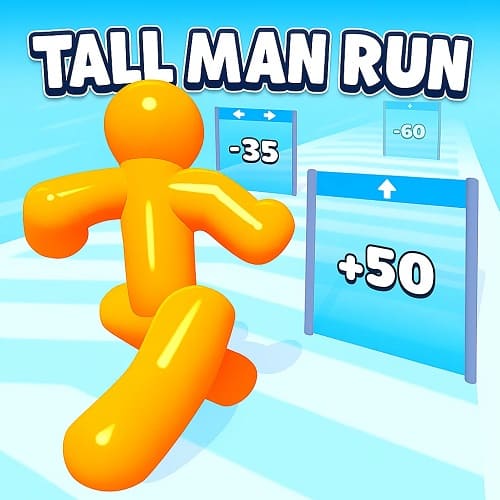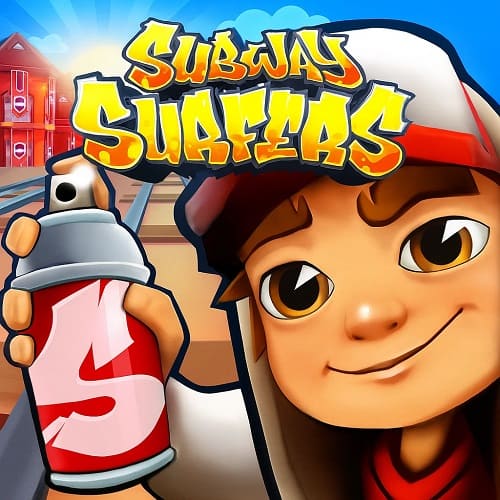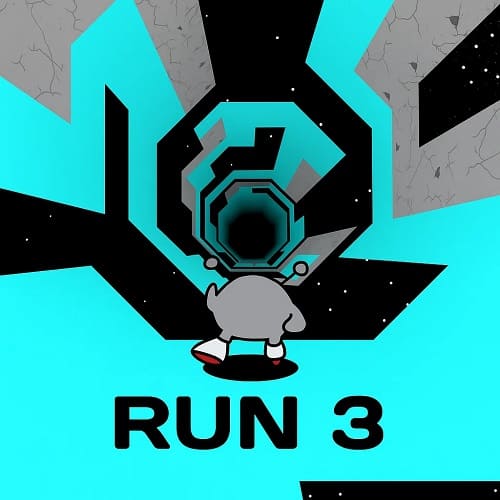
Five Nights at Freddy's 2
All trademarks belong to their respective owners.
Description
Five Nights at Freddy's 2 (FNaF 2) is the chilling sequel to the original horror sensation developed by Scott Cawthon. Released in 2014, this point-and-click survival horror experience intensifies the fear factor with more animatronics, new mechanics, and deeper lore. Now fully unblocked on Games76EZ, it's ready for browser play on Chromebooks and PCs alike.
As the new night-shift guard at Freddy Fazbear's Pizza, your mission is to survive five terrifying nights from 12 AM to 6 AM, while monitoring cameras, managing audio cues, and defending against animatronic attacks. Unlike the first game, you can't close doors — instead, you must use a Freddy mask to deceive the roaming bots and wind up a music box to keep The Puppet at bay.
The cast expands with Toy Freddy, Mangle, Balloon Boy, and Withered Foxy, each with unique behaviors. Balloon Boy turns off your flashlight, Foxy must be flashed multiple times, and The Puppet strikes if the music box runs out. Meanwhile, Custom Night mode lets you set AI difficulty from 0–20 for each enemy — perfect for those seeking a brutal test of nerves.
Fans of the series can also try FNaF 1 and FNaF 3 to follow the full timeline of fear.
Mental Benefits & Learning Value
FNaF 2 hones reflexes, pattern recognition, and stress management under pressure. On Games76EZ, it's a classroom-safe horror challenge you won't forget.
Controls
- Mouse = View cameras, interact with UI
- Spacebar = Flashlight
- Ctrl / Button = Wear Freddy Mask
Developer
Developed and published by Scott Cawthon. Now free and unblocked on Games76EZ.
Information
New Games

Drift Hunters

Space Waves

Eggy Car

Snow Rider 3D

Crossy Road

OvO

Slow Roads

Blackjack

Flappy Dunk

Dreadhead Parkour

Basketball Legends

Five Nights at Freddy's 2

Tall Man Run

Aquapark.io

Subway Surfers

Tiny Fishing

Tomb Of The Mask

Basketball Stars

Big Shot Boxing

Unicycle Hero

Baseball Bros

Bad Ice Cream

Run 3

Tap Tap Shots
